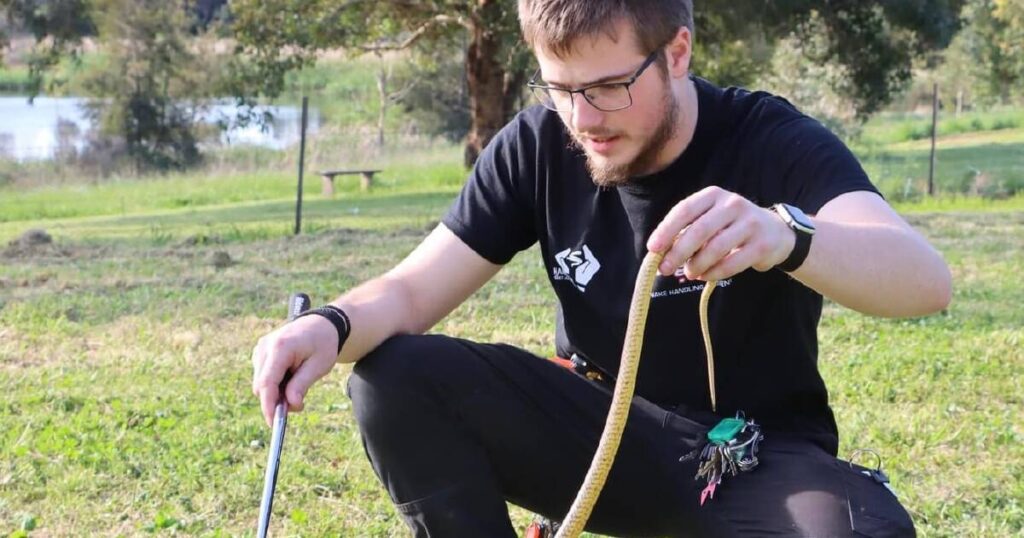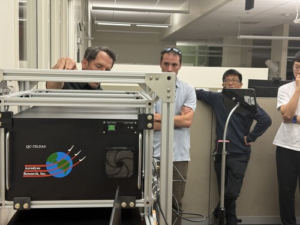
A man allegedly exploited his employment at a Canberra reptile zoo and social media platforms to gain access to two teenage girls he is accused of sexually assaulting, a court has been told. The trial, which commenced over a week ago, has brought to light disturbing allegations against Liam Anthony Thornton, 26, who faces 14 charges related to the alleged incidents.
Thornton, who has pleaded not guilty, is accused of grooming and indecently assaulting a girl under 16 and raping another under 18. The accusations include charges of sexual intercourse without consent, attempted sexual intercourse without consent, choking, committing an act of indecency without consent, grooming, and using a carriage service for child abuse material.
Allegations and Defense
According to the prosecutor, Thornton took advantage of his position at the Canberra Reptile Zoo, where he interacted with the girls through their shared interest in reptiles. The prosecutor argued that Thornton persistently solicited nude images from the younger teenager through social media and indecently assaulted her during a visit to the reptile shop.
The court heard that Thornton allegedly lured the older victim into a van, where he forcibly raped her despite her protests. Thornton, however, maintains that the sexual acts were consensual or did not occur. He reportedly messaged the girl, “I really want you to get into the van now … You don’t have any reason to be nervous.”
Jurors were told that Thornton’s interpretation of giggling and laughing as flirting was flawed. “If a girl giggled with you, that is not free and voluntary agreement to sexual intercourse,” the prosecutor emphasized. She urged the jury to dismiss Thornton’s narrative, describing the victims as credible and honest witnesses.
Defense Strategy
In stark contrast, defense barrister Tahn O’Rourke challenged the credibility of the two teenage girls, suggesting that their testimonies were unreliable. O’Rourke argued that there was no independent evidence to support the claims of sexualized social media messages or the intimate image allegedly solicited by Thornton.
The defense pointed to inconsistencies in the younger girl’s accounts, suggesting she either had a poor memory or was fabricating events. O’Rourke also highlighted a “very big divergence” between the teenager’s initial account and her later police report.
Thornton’s defense maintained that his testimony remained consistent and unshaken during cross-examination. O’Rourke noted that Thornton had requested investigators to retrieve disappearing social media messages, which he claimed would corroborate his version of events.
Trial Developments
The trial, presided over by Justice Belinda Baker, continues as both sides present their closing arguments. The case has drawn significant attention, raising questions about the use of social media and employment positions as tools for alleged predatory behavior.
Support services are available for those affected by the trial’s distressing content. Individuals can contact Lifeline at 13 11 14, the Canberra Rape Crisis Centre at 6247 2525, or the Women’s Legal Centre ACT/Sexual Violence Legal Service at 6257 4377 for assistance.
Implications and Broader Context
This case underscores the ongoing challenges in addressing and prosecuting sexual assault allegations, particularly when they involve young victims and digital evidence. The trial highlights the complexities of consent and the interpretation of social interactions in legal contexts.
Experts suggest that cases like Thornton’s reflect broader societal issues regarding the exploitation of positions of trust and the pervasive influence of social media in facilitating inappropriate and criminal behavior. As the trial progresses, it may set precedents for how similar cases are handled in the future.
The outcome of the trial could have significant implications for both legal standards and public awareness regarding sexual assault and consent, particularly in environments where adults interact with minors.
The court proceedings continue, with the jury expected to deliberate following the conclusion of closing arguments.







